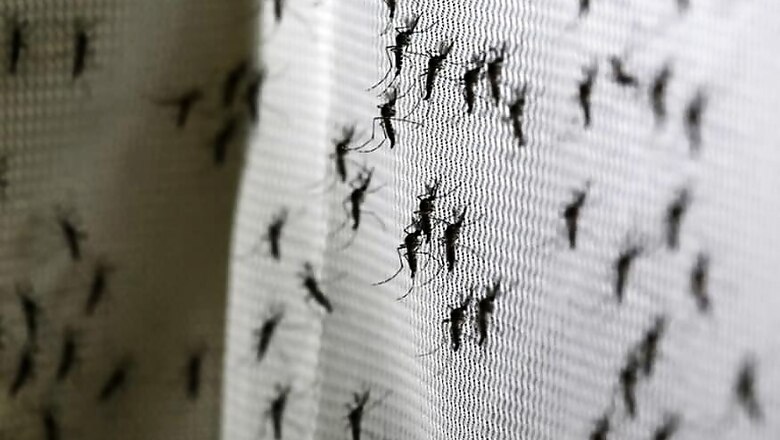
views
Thirty-six fresh cases of dengue have emerged in Dehradun taking the number of patients to 4,230 this season.
District Vector-borne Diseases Officer, Subhash Joshi, said that 229 samples of the suspected patients of the disease were tested on the day out of which 36 were found positive, Daily Pioneer reported.
He said people should wear full-sleeved clothes during day time to reduce exposure for the mosquito bite. Joshi added the teams of the health department are engaged in creating awareness among the masses for eliminating the dengue menace. He informed that the health department workers are also undertaking source reduction activity of larva.
In the acute cases, the platelet number decrease drastically which may prove fatal for the patient. The incidence of dengue has increased 30-fold over the last 50 years. Up to 50-100 million infections are now estimated to occur annually in over 100 endemic countries, putting almost half of the world’s population at risk.
Severe dengue (previously known as dengue haemorrhagic fever) was first recognized in the 1950s during dengue epidemics in the Philippines and Thailand. Today, it affects Asian and Latin American countries and has become a leading cause of hospitalization and death among children and adults in these regions.
The full life cycle of dengue fever virus involves the role of mosquito as a transmitter (or vector) and humans as the main victim and source of infection.
In human beings, recovery from infection by one dengue virus provides lifelong immunity against that particular virus serotype. However, this immunity confers only partial and transient protection against subsequent infection by the other three serotypes of the virus. Evidence points to the fact that sequential infection increases the risk of developing severe dengue. The time interval between infections and the particular viral sequence of infections may also be of importance.




















Comments
0 comment